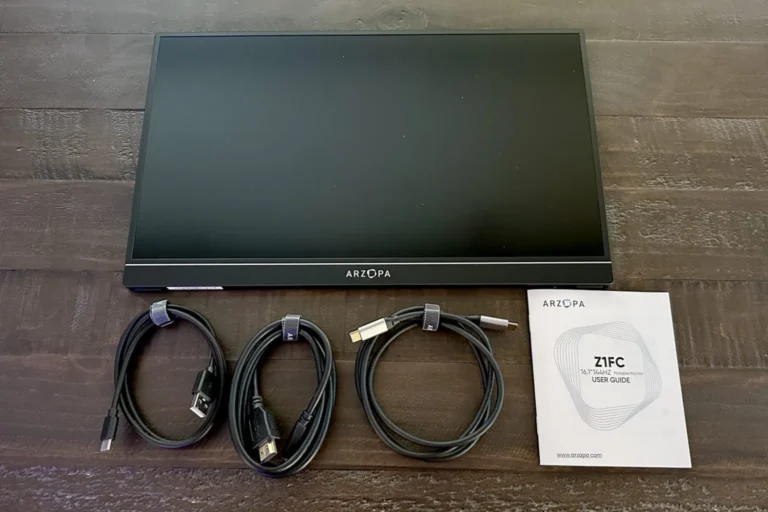
In today’s dynamic property market, let-to-buy has emerged as a strategic option for homeowners looking to move without the pressure of selling their existing property immediately. This approach can offer flexibility and financial advantages when managed correctly.
Consulting with top letting agents in Sheffield reveals that let-to-buy is becoming increasingly popular among homeowners who want to maintain their existing property as an investment while moving to a new home. This comprehensive guide explores how this approach works and its potential benefits.
Understanding Let-to-Buy:
Let-to-buy involves converting your current residential mortgage to a buy-to-let mortgage, allowing you to rent out your existing property while purchasing a new home to live in. This arrangement can be particularly beneficial in challenging market conditions or when your current property might perform well as a rental investment.
The process typically involves remortgaging your existing property onto a buy-to-let mortgage, and then using any released equity to help fund the deposit on your new residential property. This approach can help break property chains and provide more flexibility in your moving timeline.
Financial Considerations:
Making the switch to let-to-buy requires careful financial planning. Your existing property will need to generate sufficient rental income to cover the buy-to-let mortgage payments, typically requiring rental income of 125-145% of the monthly mortgage payment. Lenders will assess this carefully before approving a buy-to-let mortgage.
Additionally, you’ll need to consider:
- The costs of maintaining two properties
- Tax implications of rental income
- Capital gains tax considerations for the future
- Emergency funds for repairs and void periods
- Insurance requirements for rental properties
Benefits of Let-to-Buy:
Moving Timeline Flexibility Let-to-buy removes the pressure of finding a buyer for your current property before moving. This can be particularly advantageous if you need to relocate quickly for work or have found your ideal next home and don’t want to risk losing it while waiting for a sale.
Investment Opportunity Your existing property becomes an investment asset, potentially generating both rental income and capital appreciation over time. This can provide additional financial security and a stepping stone into property investment.
Market Timing In slower market conditions, let-to-buy allows you to move forward with your plans while waiting for more favourable conditions to sell. This can be especially valuable in areas where property prices are temporarily depressed but have good long-term potential.
Legal Requirements and Regulations:
Becoming a landlord brings various legal responsibilities. You’ll need to ensure compliance with:
- Energy Performance Certificate (EPC) requirements
- Gas and electrical safety regulations
- Smoke and carbon monoxide alarm regulations
- Tenant deposit protection schemes
- Right to Rent checks
- Local licensing requirements
Property Management Considerations:
Professional Management Many homeowners opt for professional property management to handle the day-to-day responsibilities of being a landlord. Property managers can:
- Market the property effectively
- Screen potential tenants
- Handle maintenance issues
- Collect rent
- Ensure regulatory compliance
- Manage tenant relationships
Self-Management If you choose to manage the property yourself, you’ll need to be prepared for:
- Emergency maintenance calls
- Regular property inspections
- Tenant communication
- Rent collection
- Legal compliance monitoring
- Record keeping
Preparing Your Property:
Converting your home into a rental property often requires some preparation:
Property Modifications Consider any modifications needed to make the property more appealing to renters:
- Neutral decorating schemes
- Durable flooring options
- Enhanced storage solutions
- Updated appliances
- Energy efficiency improvements
Documentation Gather and organise important documentation:
- Property certificates and warranties
- Instruction manuals for appliances
- Maintenance records
- Safety certificates
- Insurance documentation
Insurance Requirements:
Appropriate insurance coverage is essential when converting to let-to-buy:
- Landlord insurance to replace standard home insurance
- Buildings insurance
- Contents insurance for any furnished items
- Rent guarantee insurance
- Public liability coverage
Tax Implications:
Understanding the tax implications of let-to-buy is crucial:
Income Tax Rental income must be declared on your tax return. You can offset certain expenses against this income, including:
- Mortgage interest (at the basic rate of tax)
- Property maintenance costs
- Insurance premiums
- Management fees
- Professional services fees
Capital Gains Tax When you eventually sell the rental property, you may be liable for Capital Gains Tax on any increase in value since it became a rental property.
Exit Strategies:
Consider potential exit strategies from the outset:
- Selling when market conditions improve
- Converting back to residential use
- Maintaining as a long-term investment
- Transferring to a limited company structure
Common Challenges:
Understanding potential challenges helps in planning effectively:
Void Periods Plan for periods when the property might be empty between tenants by maintaining adequate financial reserves.
Maintenance Issues Regular maintenance and prompt repairs help prevent larger problems and maintain property value.
Problem Tenants Thorough tenant screening and professional management can minimise tenant-related issues.
Conclusion
Let-to-buy can offer a practical solution for homeowners looking to move while maintaining their existing property as an investment. Success requires careful planning, understanding of legal obligations, and effective property management.
Working with experienced professionals, including mortgage advisors, letting agents, and tax specialists, can help ensure a smooth transition to let-to-buy. While this approach requires careful consideration and planning, it can provide both flexibility in your move and long-term investment opportunities.
Remember to regularly review your let-to-buy arrangement to ensure it continues to meet your financial and personal objectives. Market conditions, individual circumstances, and regulatory requirements may change over time, requiring adjustments to your strategy.






